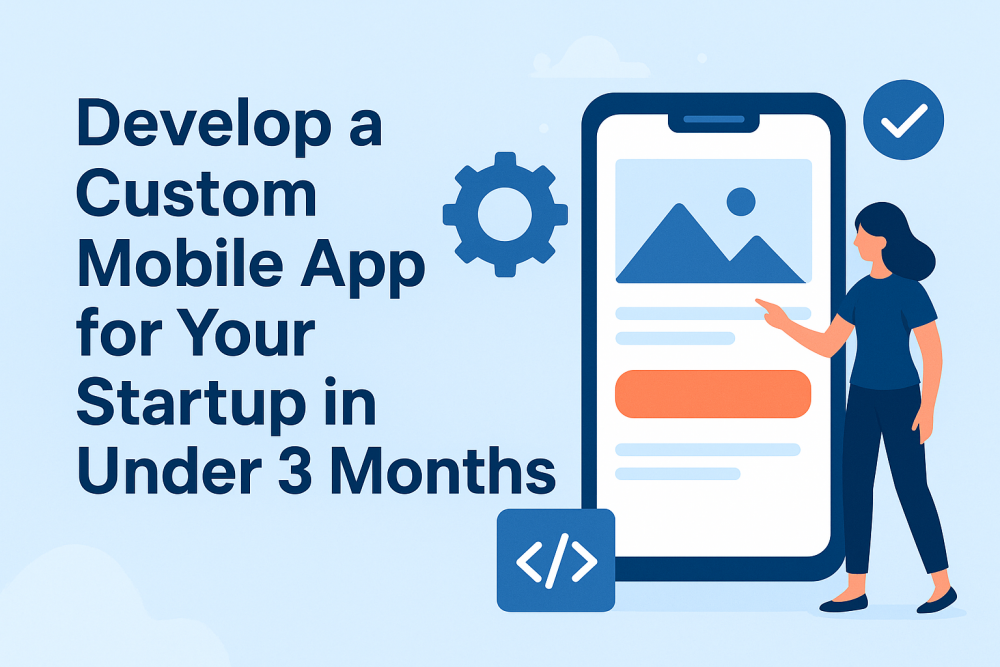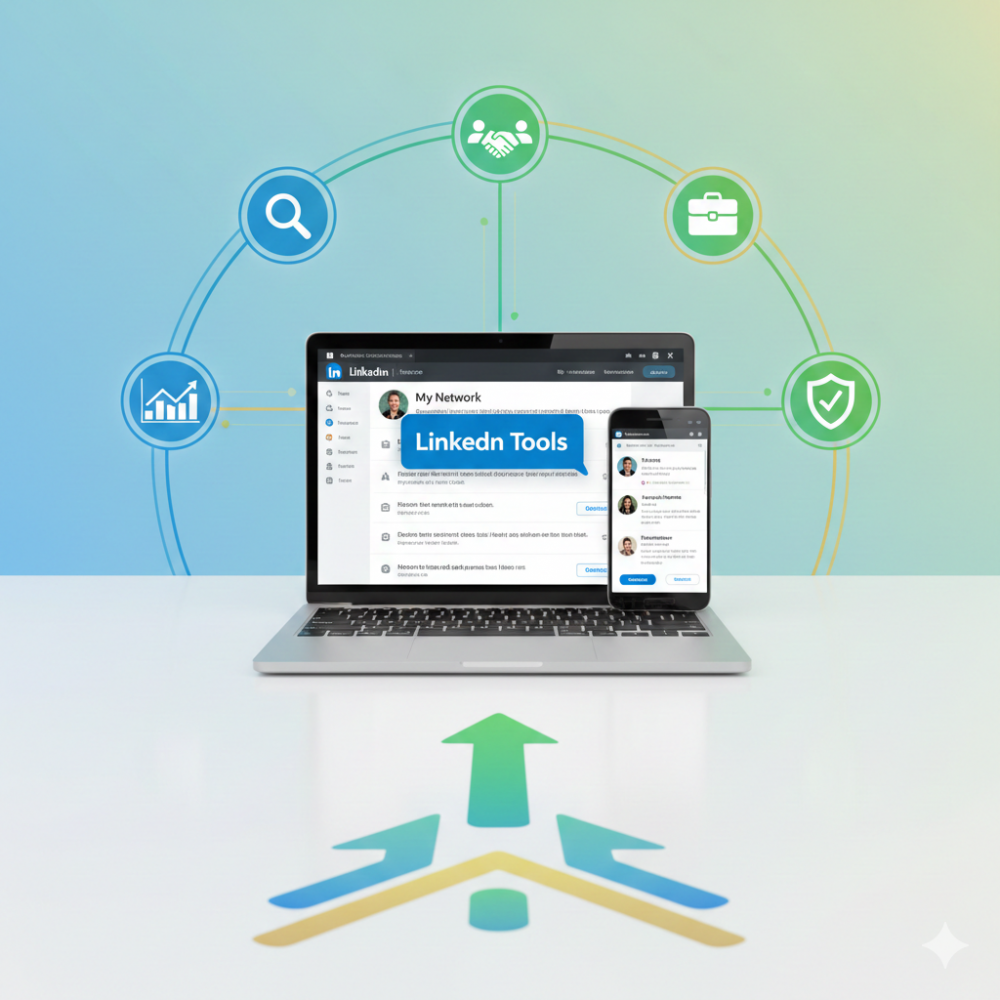
Developing an app in 2025 has become more strategic and accessible. Due to AI-integrated programming tools and remote development platforms, independent developers, small businesses, and startups can develop sophisticated mobile apps at reasonable prices and with limited programming skills.
Because of this, Custom Mobile App Development has started to become part of the digital strategy of most businesses, even relatively small ones, whether for customer-facing e-commerce platforms or for internal operations. Setting out to create an iOS app, Android app, or a cross-platform application, all development processes begin with an idea and a well-laid-out plan.
This guest post takes you through the mobile app development steps, from total technological and market-driven ideation to launch, to meet today’s user expectations.
Why does custom mobile app development matter in 2025?
Creating Custom Mobile App Development is becoming a common aspect of modern businesses. In 2025, users mainly rely on mobile devices to interact with brands, perform daily tasks, & access services. As 5G networks are fully included, users will need faster & seamless real-time functionalities.
Moreover, apps are integrated into new technological ecosystems. More mobile apps are becoming the primary access point for smart home devices, wearables, and other IoT resources that consumers use daily. An excellent mobile app will enhance user experience and help you brand and strengthen user engagement more than a static website, desktop software, or any other combination of the two.
Modern app development entails speed, personalization, & connectivity, despite whether it is for Android, iOS, or cross-platform development.
Core trends shaping modern mobile app development
In the current world, advancements in innovation have made app development faster, proficient, & easier to operate. Let’s look at the core trends that are making the future of mobile app development.
Low-code & no-code platforms
With drag and drop and pre-built templates, these tools help non-developers and small teams to build applications while increasing the speed to launch MVPs for the market. So, it is easy for startups to develop their own mobile apps with the use of no or zero-code platforms.
AI-powered development tools
AI-assisted coding, coupled with instant bug detection & automated designing, helps in decreasing the development time & increasing the app’s functionality & user satisfaction. So, the development team can easily find the error and solve it immediately.
Progressive web apps
PWAs operate close to the web and mobile devices and offer the functionality of an app without requiring users to download it. They are mainly beneficial for e-commerce, media, & rapidly growing products.
Mobile health apps
Users are increasingly tracking their health through mobile devices, as they provide convenience for them. So, the demand for secure apps is increasing. Telehealth, fitness tracking, & reminders are now the main elements in these apps.
How to Create a Custom Mobile App in 8 Steps?
Your mobile app development journey begins from here. So, let’s look at these 9 steps that will help startups build a mobile app user-friendly, scalable, & secure custom mobile apps in 2025.
1. Define your Objectives
The aim should always be made with a well-defined purpose. What are you solving for? Your aim will ultimately determine your entire cycle of development. If these are not defined at the beginning, it’s easy to get distracted along the way once you’re developing your own app. Be sure to set goals to be successful. The KPIs are at their best when they’re numbers.
2. Do Proper Market Research
Once you have set your goals, the next thing is to satisfy yourself that there’s a market need for your app. You can be swept away by an app idea that you love, but make it lovable for others, too. You could build an app without ever doing any research and waste your time, resources, and energy.
- Do surveys
- Conduct interviews
- Research your competition
- Learn how to develop an app that better serves your customers.
3. Choose your app features
Consider the core functionality of your app. So that’s where the features should be directed. Many are tempted to overfill an app with added features that may be unnecessary. But some distract from the main goal of your app. Each additional feature add-on also comes with an increased cost and development time.
4. Select your development method
There are many possible ways to build an app. It’s worth you having a take a second to figure out the best strategy for your situation before you begin. There are a lot of different ways you could go with this, so whether you choose to no-code build or go outsource development, it’s your choice. The way you want to proceed can depend on things like: budget available, technical knowledge, what type of app you are looking at, and time scales.
5. Tech specification
Use the wireframes that you have produced in pre-development and Tech spec them out.
This is the infrastructure behind your app, its engine room, which no one sees. At times, it is a wise decision to relocate things around logistically, as doing so can save you considerable time and money.
6. Create an MVP
As you begin to build the app, always have an MVP in mind. The principle of an app MVP is one that immediately requires you to think about the most fundamental features of your app. This is a crucial part of the app development process for building an app that will be successful.
7. Testing & QA
Try to complete the minimum viable product and deploy the application after test runs have been performed, and test runs for the application must include the actual mobile platforms to be used. One of the reasons is that your application will have multiple use cases, so for each of these cases, the QA has to cover them.
8. Launch
The key here is uptime and visibility: your users need to get a working application when they land inside it. And once you’re ready, don’t forget to submit your app to the app stores so that you can reach your audience (although watch out for the different requirements found in Google Play Store and Apple App Store).
Conclusion
Building a custom mobile app can be exciting and difficult. Look at the 8 steps we have given can help you develop & launch a successful app. Many companies & startups have found remote talent to be a powerful tool in finding the industry’s best & brightest to develop a viable product. Connect with TechGropse to get the mobile app development process started.







